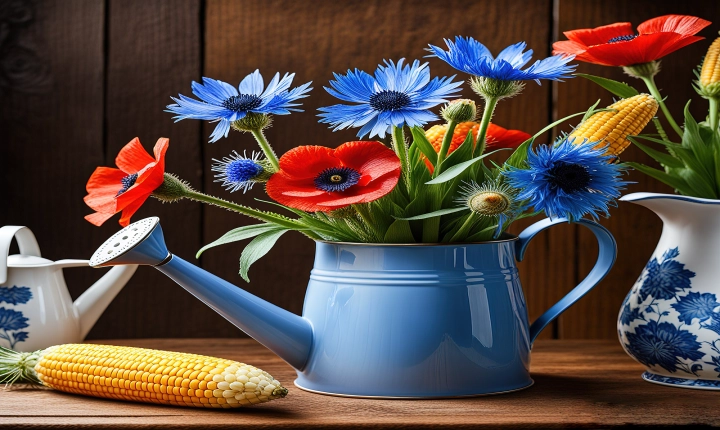Can AI Create New Art Styles?
Over the years, technology has evolved and advanced at an unprecedented rate, leading to significant changes in the way art is created and consumed. With the growing influence of artificial intelligence (AI) in various sectors, including the creative industry, the question arises: Can AI create new art styles?
AI has already demonstrated its potential in generating art. From composing music to creating paintings and producing digital artwork, AI has shown remarkable abilities that challenge the traditional idea of artistic creation. One of the most notable examples is the use of generative adversarial networks (GANs), a type of AI algorithm, to produce images and visuals that mimic the styles of renowned artists.
One of the key advantages of AI in art creation is its ability to analyze vast amounts of data and learn from existing styles and techniques. By processing and understanding the nuances of different art movements, AI can simulate and remix elements from various styles to generate entirely new artistic expressions. This has led to the emergence of AI-generated art that blurs the boundaries between traditional and contemporary art forms.
The potential for AI to create new art styles raises important questions about the role of human artists and the authenticity of artistic expression. Some argue that AI-generated art is merely a replication of existing styles and lacks the depth and emotional resonance of human-created art. However, others believe that AI has the capacity to push the boundaries of creativity and inspire new artistic movements.
One of the most intriguing aspects of AI-generated art is its ability to challenge conventional notions of authorship and originality. As AI systems become more sophisticated, they can autonomously generate artwork that is unique and innovative, raising intriguing questions about what it means to be an artist in the age of AI.
However, the potential for AI to create new art styles does not come without ethical and cultural considerations. As AI-generated art gains prominence, there is a risk of devaluing the labor and creativity of human artists. Additionally, the commodification of AI-generated art raises questions about ownership and intellectual property rights.
Despite these challenges, the emergence of AI-generated art opens up exciting possibilities for the future of artistic expression. By harnessing the capabilities of AI, artists can explore new creative avenues and push the boundaries of traditional art forms. Moreover, AI has the potential to democratize art creation by providing new tools and platforms for aspiring artists to experiment and showcase their work.
In conclusion, while the idea of AI creating new art styles may be controversial, it undeniably presents a compelling opportunity for artistic innovation and exploration. As AI continues to evolve, it will be fascinating to see how it influences the trajectory of art and creativity, and how artists and society at large respond to the possibilities and challenges it presents. Whether AI can truly create entirely new art styles remains to be seen, but its impact on the art world is already reshaping the way we perceive and engage with artistic expression.
